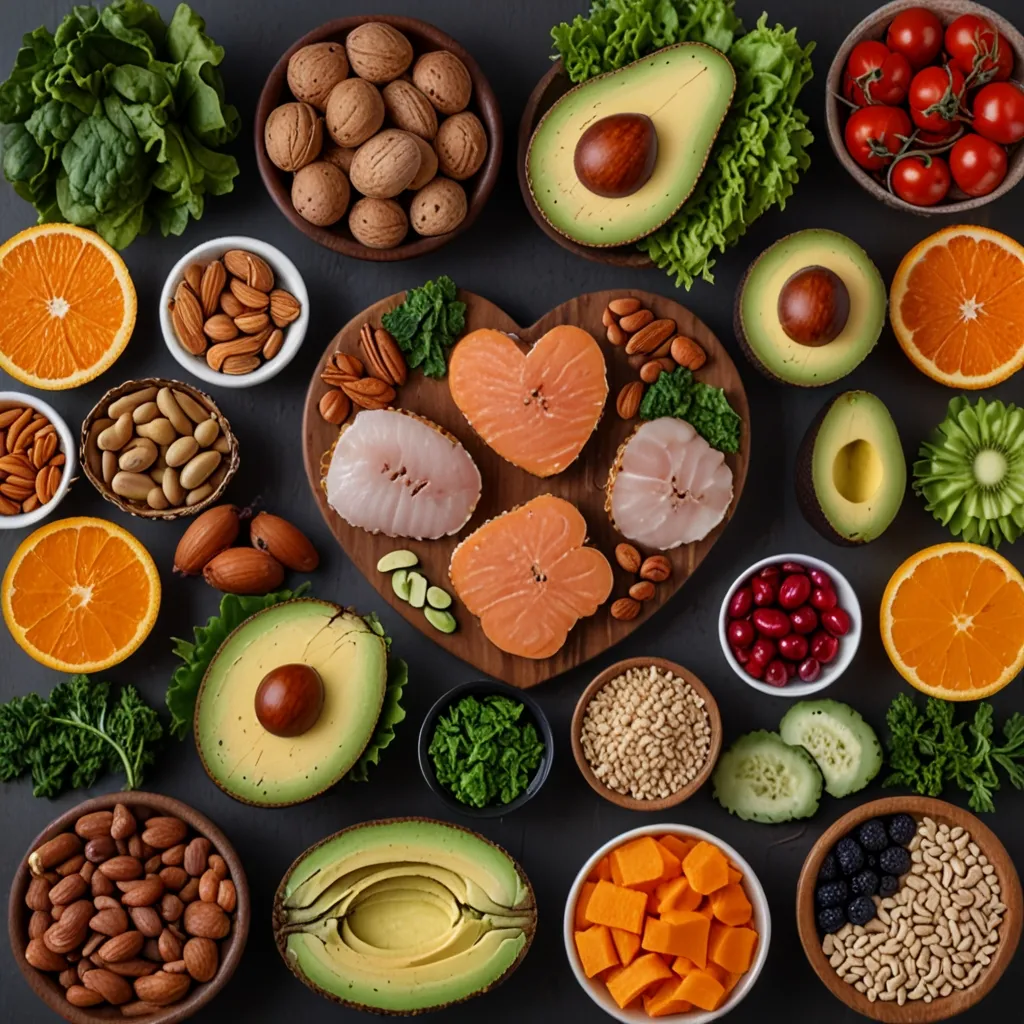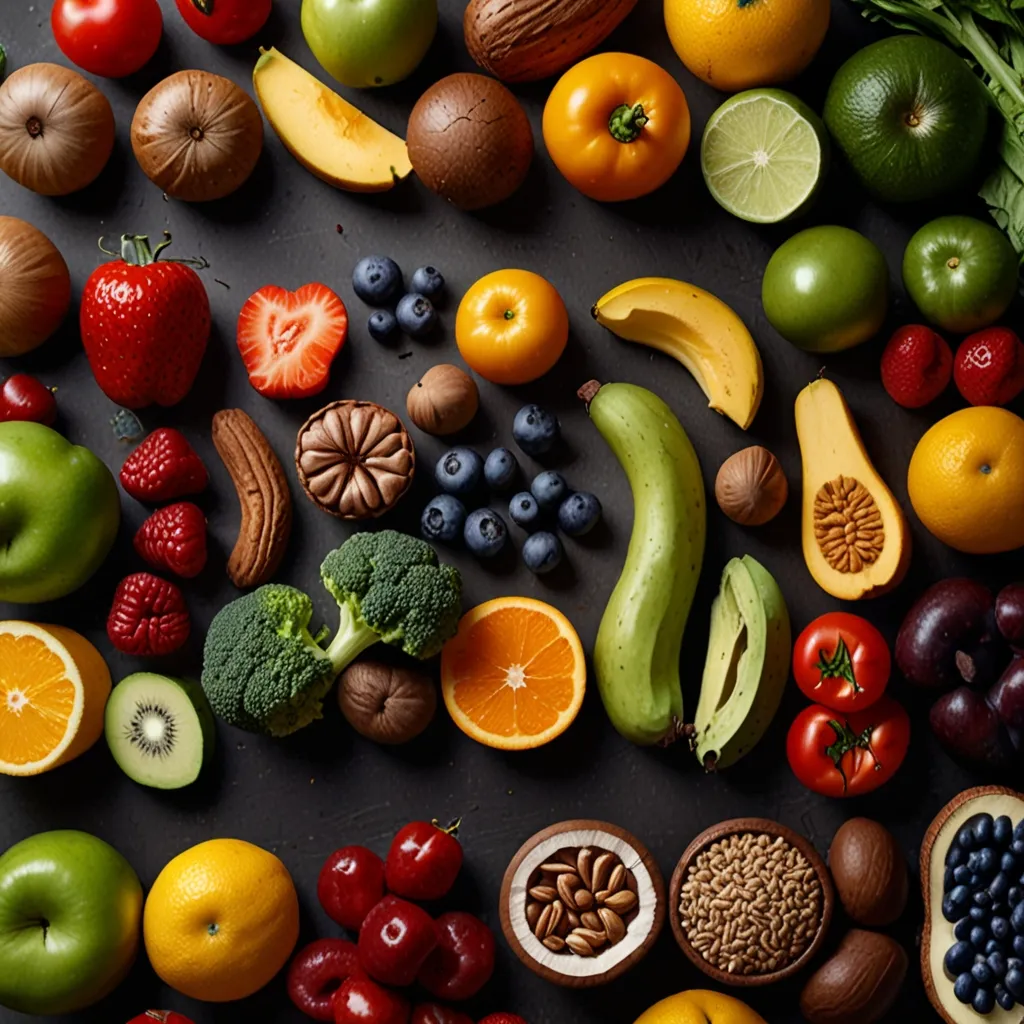High triglycerides can sneak up on you, posing risks like heart disease, stroke, and diabetes. Thankfully, you can bring those numbers down with a few easy tweaks to your diet and lifestyle. Let’s get into how you can make that happen.
First up, sugar. It’s everywhere, and it’s easy to overdo it. Cutting back on sugary treats like soda, baked goods, and even flavored yogurt can make a huge difference. Keep an eye on those labels for sneaky words like corn syrup and molasses, too.
Switching from refined grains to whole ones is a smart move. Whole grains pack in the fiber, which helps lower triglycerides. Think steel-cut oats for breakfast, veggie-packed salads for lunch, and brown rice or quinoa for dinner. It’s easier than it sounds and super satisfying.
Not all fats are evil. Mono- and polyunsaturated fats are actually good for you. Go for avocados, walnuts, and olive oil. Skip the trans fats found in processed junk like French fries and chips, and be careful with saturated fats in red meat and cheese.
Omega-3s are a game-changer for lowering triglycerides. Salmon, mackerel, and sardines are your friends. If fish isn’t your thing, walnuts and flaxseeds will do the trick. And if you’re eyeing supplements, definitely chat with your doctor first.
Fiber is your best buddy in this journey. Load up on beans, whole grains, fruits, and veggies. They help sweep out those triglycerides and keep things moving.
Watch your alcohol intake because it can ramp up triglyceride levels. Maybe swap that drink for sparkling water with lime. Also, check your diet for trans fats and cut them out, no more fried foods and margarine.
Shedding a few kilos can make a huge difference. Even losing just 5-6 kg can kickstart a positive change. Pair that healthy eating with regular exercise to boost those results.
Exercise does wonders beyond weight loss. It boosts your HDL cholesterol and helps burn off those pesky triglycerides. Focus on weight-bearing activities to crank up your metabolism.
Smoking? It’s a no-go for triglycerides. Quitting can help get those levels down and do wonders for your heart.
Aim for low glycemic index foods to keep blood sugar and triglycerides in check. Oats are great, but white bread—not so much. It’s about making smarter choices.
Timing matters, too. Having bigger meals earlier in the day can help manage blood fat levels. Late-night heavy eating? Let’s try to avoid that.
Lastly, swap out saturated fats for healthier oils like canola or olive oil. Simple changes in your cooking can lead to significant improvements.
By making these easy changes, you can lower your triglyceride levels and keep your heart happy. Small changes today can lead to a healthier tomorrow. Simple as that.






